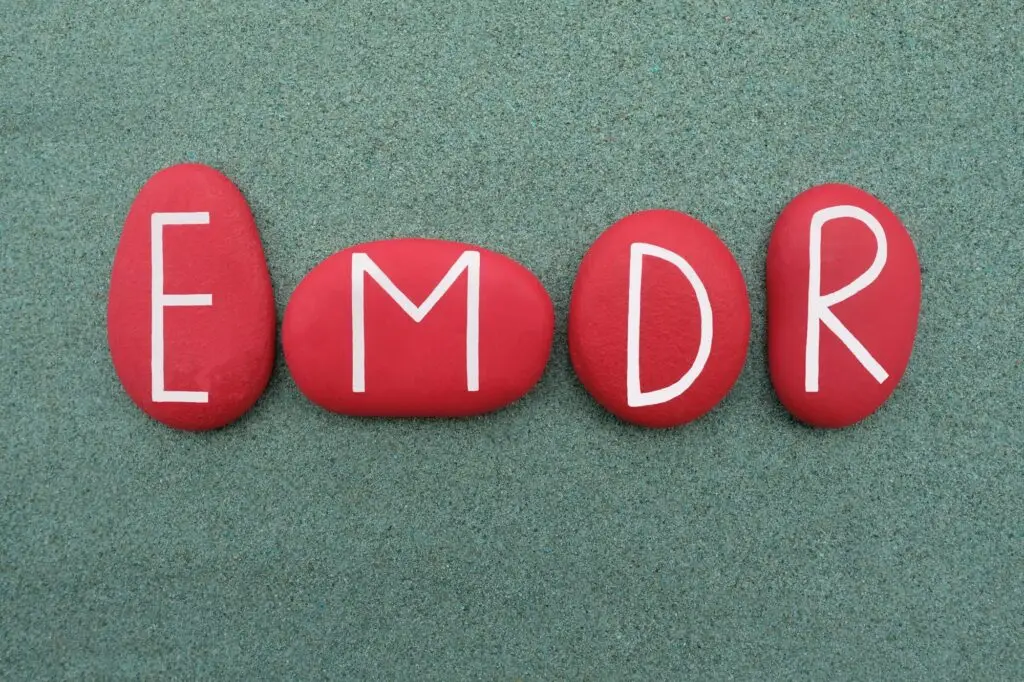Have you ever experienced a traumatic event that continues to cause emotional distress? Do upsetting memories resurface at the most unexpected moments, leaving you feeling overwhelmed? If so, you’re not alone. Many people struggle with the lingering effects of past trauma, and traditional talk therapy, while helpful, can sometimes feel like rehashing the pain without fully resolving it. This is where Eye Movement Desensitization and Reprocessing (EMDR) comes in.
What is EMDR?
How does it work?
EMDR therapy follows a structured eight-phase protocol. Imagine the traumatic memory like a file stuck in your brain’s “pending” folder. EMDR empowers you to unlock the memory, process the negative emotions and beliefs attached to it, and then reintegrate it in a way that feels organized and less distressing. This doesn’t erase the memory, but it does significantly reduce its emotional impact.
Who can benefit from EMDR?
Eye movement desenitization and reprocessing is most commonly used to treat post-traumatic stress disorder (PTSD), but it has also been shown to be effective in addressing a wide range of other issues, including:
- Phobias
- Panic attacks
- Eating disorders
- Pain management
The benefits of EMDR:
- Faster results: While traditional therapy can take months or even years, EMDR often produces faster results, sometimes in just a few sessions.
- Reduced emotional distress: By processing the trauma, EMDR can significantly reduce negative emotions like fear, anger, and sadness.
- Improved self-perception: Eye movement desensitization and reprocessing can help you challenge negative beliefs you hold about yourself due to the trauma.
- Enhanced coping skills: You develop healthier ways to manage difficult emotions and situations.
Is EMDR right for you?
If you’re struggling with the effects of past trauma or other distressing experiences, EMDR could be a valuable tool for healing. It’s important to remember that EMDR is not a magical cure-all, and it’s best done with a qualified therapist trained in this specific technique. Talk to your doctor or mental health professional to see if EMDR might be a good fit for you.
Remember, you are not alone. Healing from trauma is possible, and EMDR can be a powerful step on your journey.

